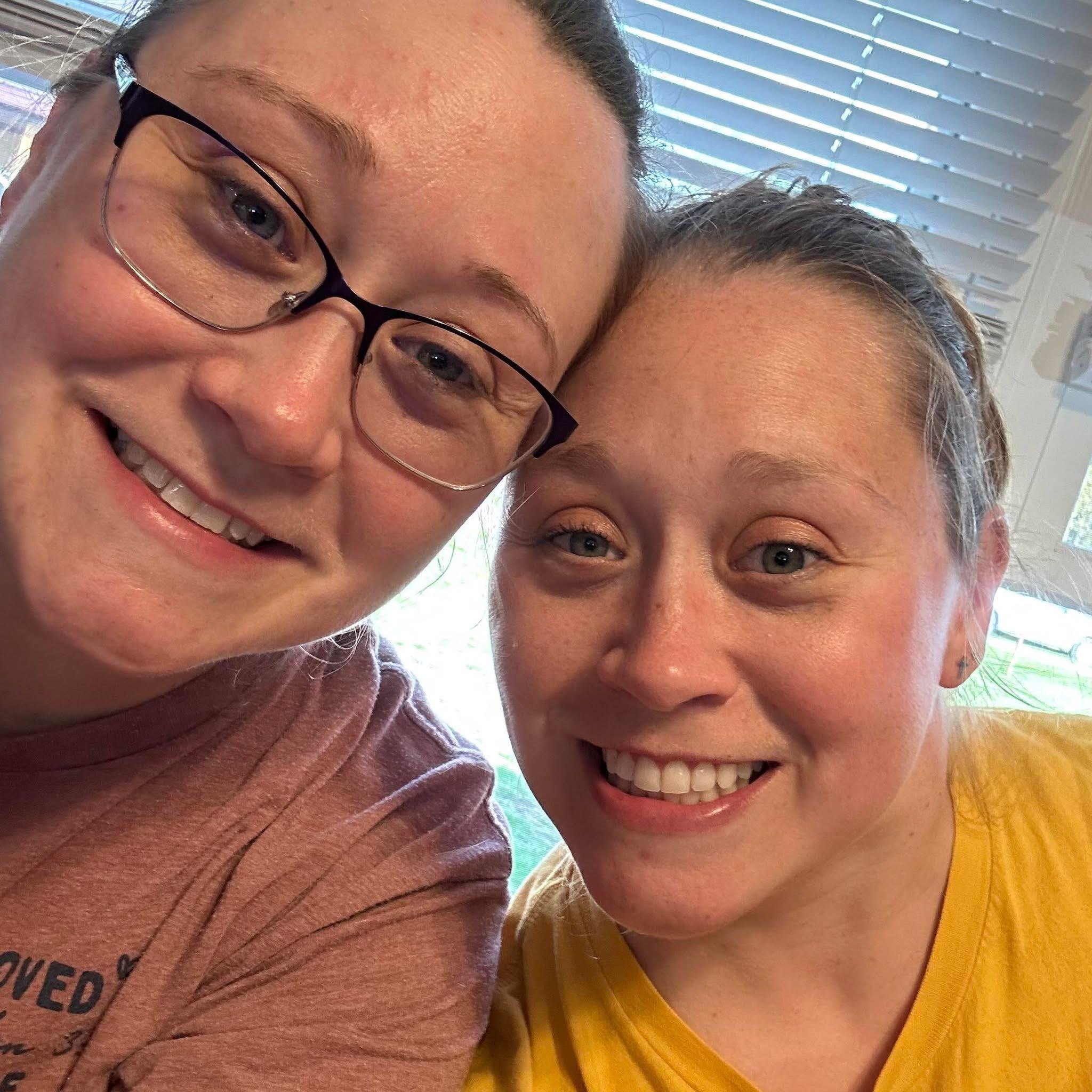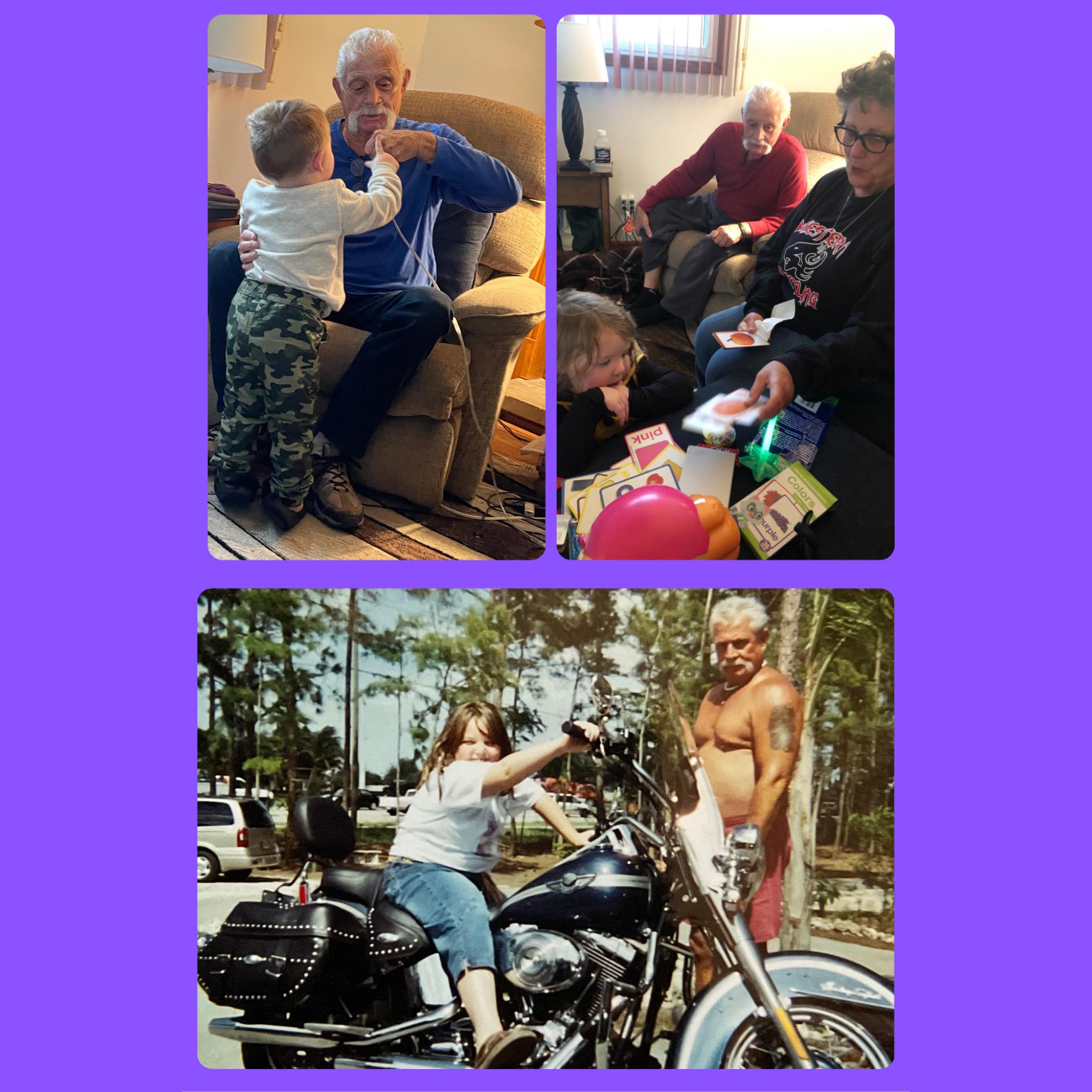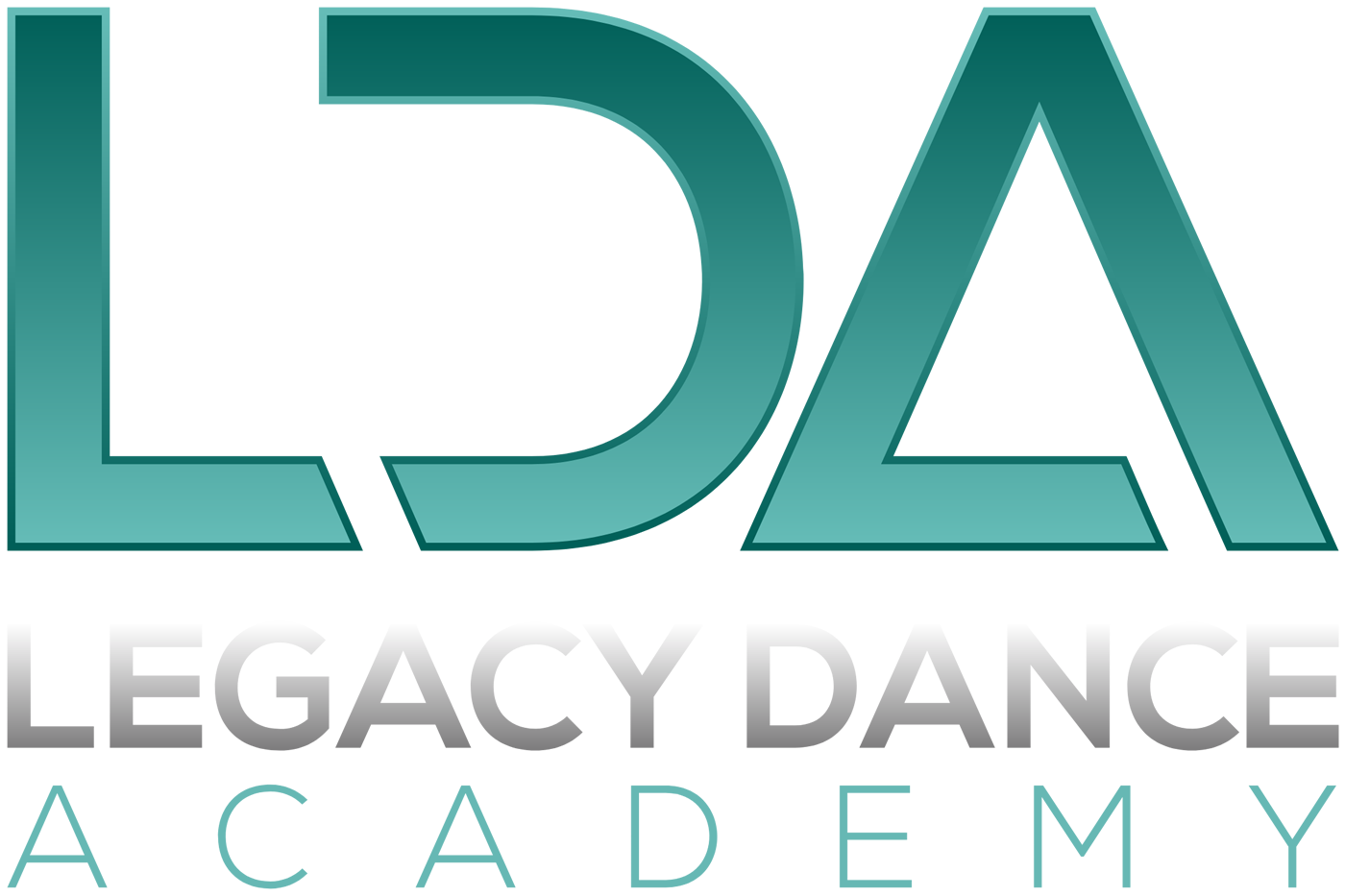The Mental Health Benefits of Dance: Why Your Studio Is More Than Just a Place to Move
At our dance studio, we often talk about building technique, mastering choreography, and preparing for performances. But there’s another side of dance that deserves just as much spotlight—its powerful impact on mental health.
Whether your dancers are tiny tots taking their first plié or teens navigating school stress and social pressures, the studio offers more than just physical training. It provides a space to grow emotionally, connect with others, and find inner balance.
Here’s how dance supports mental well-being—and why your studio plays a vital role in it.
1. Dance Is a Natural Stress Reliever
Dance combines movement with music, two proven stress-busters. When students step into class, they leave their outside worries at the door. The focus on movement, rhythm, and breath helps quiet anxious thoughts and gives the brain a much-needed reset.
What studios can do:
-
Create a welcoming atmosphere where students feel safe to express themselves.
-
Use mindful warm-ups or cool-downs to help dancers center themselves before and after class.
2. It Builds Confidence, Step by Step
Confidence doesn’t come from perfection—it comes from progress. As dancers master new steps, perform on stage, or conquer a challenging routine, they experience the reward of hard work and perseverance. These small victories build self-esteem over time.
What studios can do:
-
Celebrate progress, not just perfection.
-
Offer praise for effort, creativity, and growth—not only for flawless execution.
3. Movement Is a Form of Emotional Expression
Not every emotion is easy to put into words—but it can often be expressed through movement. Dance offers an outlet for joy, frustration, sadness, and everything in between. Especially for teens and pre-teens, dance becomes a healthy emotional release.
What studios can do:
-
Incorporate opportunities for improvisation and creative movement.
-
Encourage dancers to explore their emotions through choreography and class themes.
4. Dance Builds Community and Belonging
Loneliness and isolation can have a serious impact on mental health, especially in young people. Dance studios provide a built-in support system—a place where dancers build friendships, learn teamwork, and feel like they belong to something bigger than themselves.
What studios can do:
-
Foster a culture of kindness, inclusivity, and encouragement.
-
Create team-building opportunities outside of class—like studio events, mentorships, or buddy systems.
5. It Supports Routine and Resilience
Consistent class schedules give dancers a sense of stability and purpose. Over time, dance also teaches them how to handle setbacks, manage performance anxiety, and stick with something even when it gets tough—skills that extend far beyond the studio walls.
What studios can do:
-
Reinforce the value of showing up and trying, even on hard days.
-
Offer support when students are struggling—not just physically, but emotionally.
Why This Matters Now More Than Ever
Today’s youth are facing unprecedented levels of stress, anxiety, and social pressure. In this climate, your studio is more than just a place to learn dance—it’s a place to heal, grow, and thrive.
As studio owners, directors, and teachers, we’re in a unique position to not only teach movement but to nurture mental well-being. Every class, every correction, every moment of connection is an opportunity to make a difference.
Let’s Keep the Conversation Going
If you’re a parent, talk to your dancer about how they feel after class. If you’re a teacher, remember that the energy you bring into the studio sets the tone. And if you’re a student—know that you’re not just learning dance. You’re learning how to take care of yourself, one step at a time.
Because here at Legacy Dance Academy, we believe that dancing minds are just as important as dancing feet.













